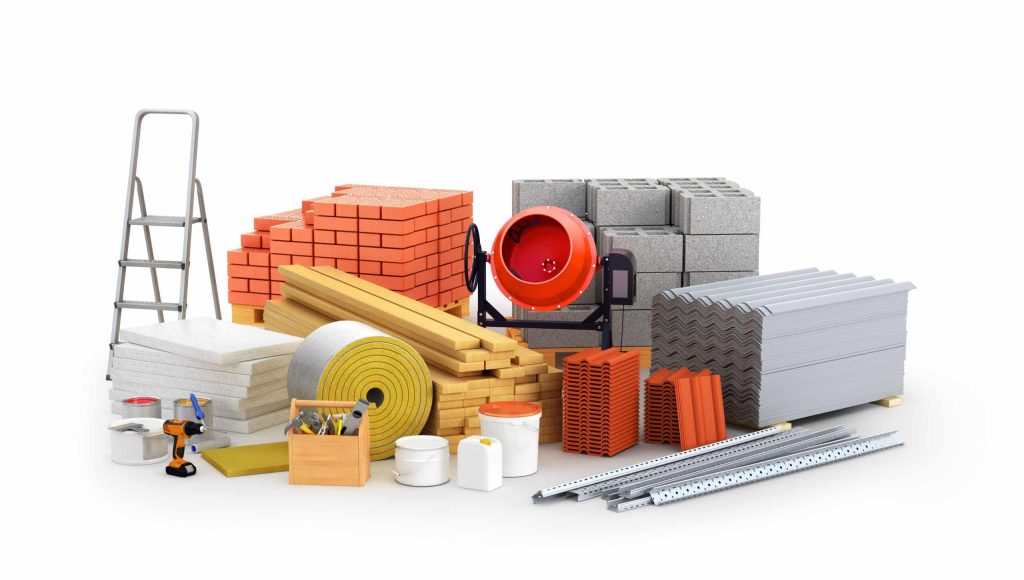Using Soundproofing Materials to Enhance Privacy
Any material that has a dense consistency will help to block sound. This is because it will offer additional bulk that the sound waves will have to pass through, thus reducing their energy.
It will also help to reduce the reverberations caused by a wall. This can be accomplished using resilient channels or acoustic hangers that are mounted across timber stud walls and ceiling joists.
Sound Absorption Materials
The best sound absorbing materials are porous, lightweight, flexible and can convert sound energy into heat energy. They are often made from soft materials such as foam or fabric.
Felt is an excellent material for acoustic insulation because it has a high NRC rating and it has good resilience. Felt absorbs sounds by vibrating its individual fibres. This energy is dissipated by frictional heat loss. Felt is also durable and resists lubricating oils, salts, chemicals, water, fire and wear and tear.
NRC is a standard rating system that describes the sound absorption of a material. It is important to note that different materials have varying sound absorption ratings and it is essential that the correct material is selected for an application.
Green glue is another type of insulation that offers effective acoustic control. It is a viscoelastic compound that uses a principle called constrained layer damping (CLD). It is applied or “sandwiched” between rigid materials like dry wall and works by shearing the particles inside the green glue.

Soundproofing Materials
Noise from neighbors, barking dogs and traffic can be reduced by adding soundproofing materials to walls, floors and ceilings. Some of the most common are sound absorbing insulation products. Some have a heavy, dense structure to reduce airborne noise while others have a visco-elastic quality that allows them to flex and absorb impact vibrations.
Other sound control products include acoustic caulk, which seals cracks in windows and doors while blocking air and reducing noise; and acoustic mineral wool, which can be injected into existing walls, floors and ceilings to absorb both airborne and impact noise. MuteCradles are rubber and metal ‘cradles’ that are used to decouple the wall studs and ceiling joists from one another, reducing points of contact and allowing the acoustic mineral wool to effectively treat the structures for sound control and gia cat xay to.
Polyester fibre is a non toxic, non flammable insulation with an unusual blend of heavy density and high porosity that makes it very effective at absorbing airborne noise at a variety of frequencies. It can also be used in combination with acoustic mineral wool to effectively control noise in new buildings.
Types of Insulation for Sound Control
The type of insulation used for sound control will depend on the environment and needs. It can be used to absorb airborne noise (such as conversations, television and music) or impact noise (such as slamming doors or footsteps).
Insulation for sound control can come in the form of a variety of materials including cellulose, spray foam and fiberglass. These products can be used to reduce airborne or impact noise within walls, floors and ceilings.
Acoustic insulation can help prevent outside noises from leaking into your home as well as unwanted noises from inside such as neighbours’ lawnmowers and vacuum cleaners or noisy kids. It can also reduce the amount of noise transferred between different areas of a building such as a cinema room, bathroom or bedroom. Some acoustic insulation is available in the form of batts that can be installed into a wall, floor or ceiling. These are ideal for reducing noise transmission between rooms in a multi-storey building.
Applications of Acoustic Insulation
In homes, acoustic insulation can help reduce noise pollution from outside and between rooms. This provides a calmer environment that promotes healthy living and increases comfort. This type of insulation can be made from a wide variety of materials, including recycled and sustainable options like hempcrete and cork.
In commercial spaces like office buildings, shopping malls, and multi-family units, acoustic insulation can be used to create barriers between different areas. This type of insulation can be especially useful in preventing sound from passing through walls, floors, or ceilings.
Acoustic insulation can also be used in spaces that require high-volume music or audio, such as theaters and auditoriums. By absorbing sounds waves and reducing transmission, this type of insulation can help ensure that audiences or listeners will be able to enjoy premium audio quality without being disturbed by noises from the surrounding area.